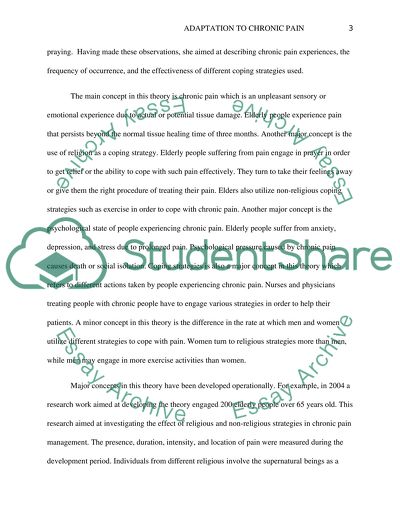Cite this document
(“Adaptation to Chronic Pain Essay Example | Topics and Well Written Essays - 2250 words”, n.d.)
Retrieved from https://studentshare.org/health-sciences-medicine/1454078-adaptation-to-chronic-pain
Retrieved from https://studentshare.org/health-sciences-medicine/1454078-adaptation-to-chronic-pain
(Adaptation to Chronic Pain Essay Example | Topics and Well Written Essays - 2250 Words)
https://studentshare.org/health-sciences-medicine/1454078-adaptation-to-chronic-pain.
https://studentshare.org/health-sciences-medicine/1454078-adaptation-to-chronic-pain.
“Adaptation to Chronic Pain Essay Example | Topics and Well Written Essays - 2250 Words”, n.d. https://studentshare.org/health-sciences-medicine/1454078-adaptation-to-chronic-pain.


